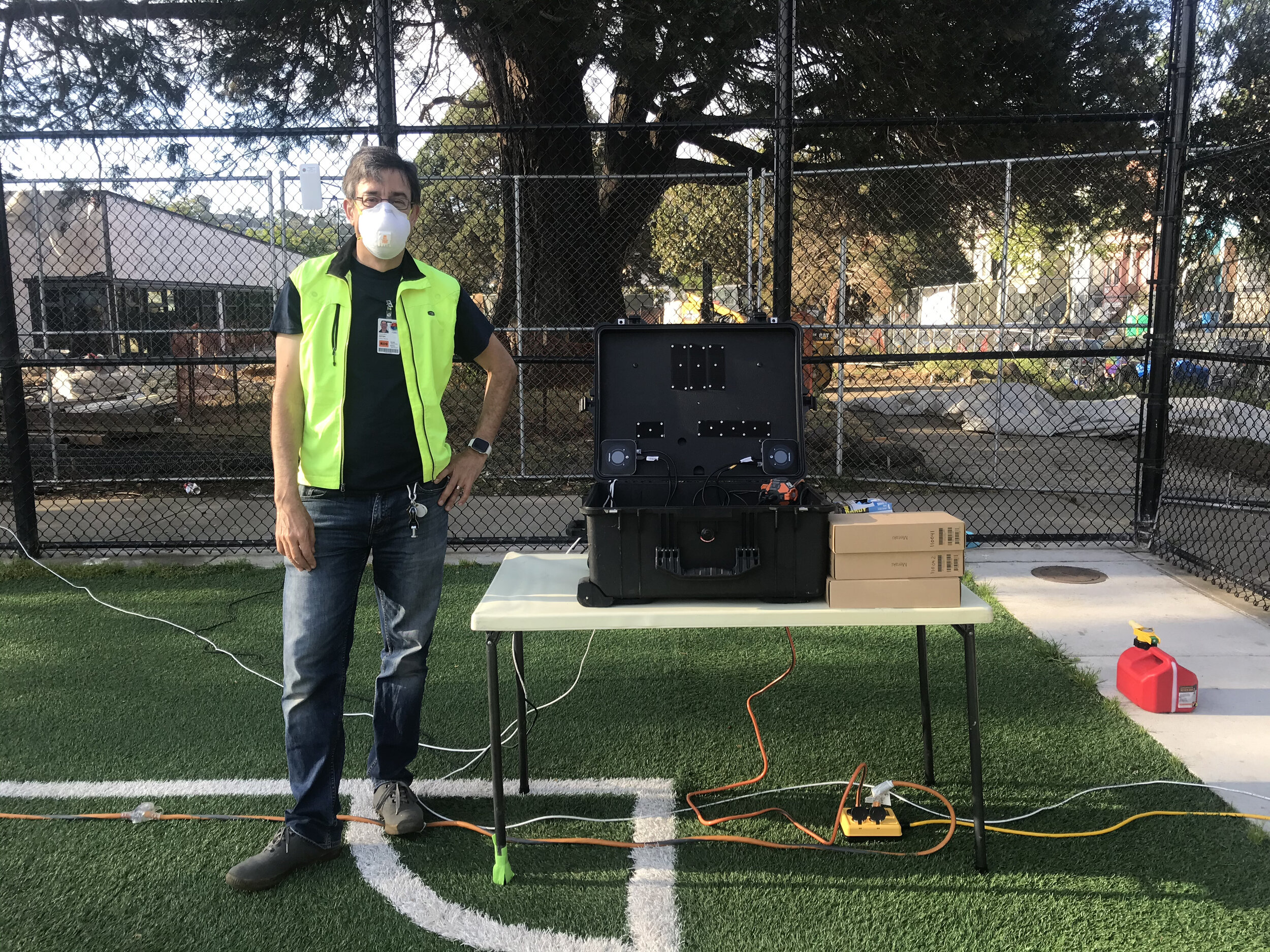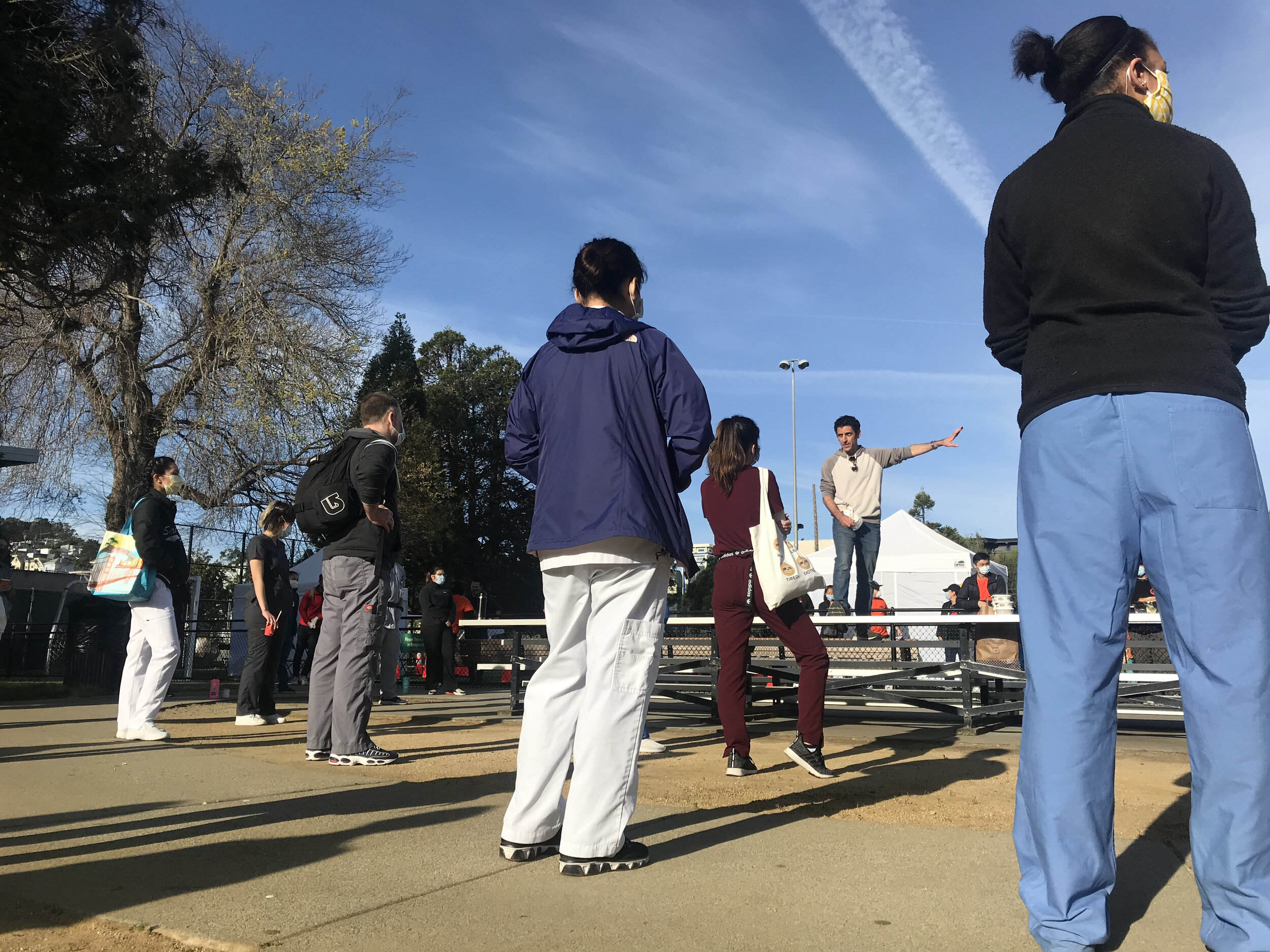Disparity Could Lead to Topsy-Turvy SF


The first stage of the Mission study results were released yesterday. Here are my thoughts on the most significant take aways.
No Whites Tested Positive- This is not a small discrepancy.
Despite being roughly 40% of the study participants, nobody who was white tested positive for COVID-19. In general, whites in this city are quite privileged and able to isolate much more effectively. In a couple of months, the dynamics of the city might become topsy-turvy with whites becoming disadvantaged because they will be the most susceptible population to COVID-19. The Latinx population will potentially become more resistant through a whole lot of pain.
Because of its wrap around support, this Unidos en Salud study is a great model that should be followed everywhere.
Check out slide 18 of 22 in the following slide deck unidosensalud.org preliminary-findings. Thank god this study is committed to supporting the people who tested positive with health care and with basic income so that they can quarantine and stay healthy. The city and the country needs more of this thoughtfulness. If you can contribute to this wrap around support, please donate here Unidos en Salud COVID19.
A little over 50% of people who tested positive for an active COVID-19 infection were asymptomatic.
The 53% asymptomatic is large enough to make me nervous about being infected by someone who doesn’t know they have COVID-19, but not so big as to make me think that herd immunity is just around the corner. The majority of SF’s population is still susceptible to COVID-19. Please for God's sake, you might be asymptomatic so cover your mouth with a mask when you are in an enclosed space or standing near someone for more than a minute. I’ll be looking for the antibody tests for a more complete picture as to how many people might have had COVID-19 without knowing it.
People actively coming to work within the census tract were 4 times as likely to have COVID-19 as residents.
Workers who came to work in the census tract tested positive at a rate of 6.1% compared with 1.4% for residents. This is a very significant difference. This difference might just reflect active workers diminished ability to socially distance themselves. Maybe it reflects on the communities that these workers come from. Perhaps the increased risk comes from the commute.
This tells me we should be really careful as we reopen. Increased social contact does increase your risk which seems obvious but sometimes it needs reenforcement as we all get antsy for reopening.